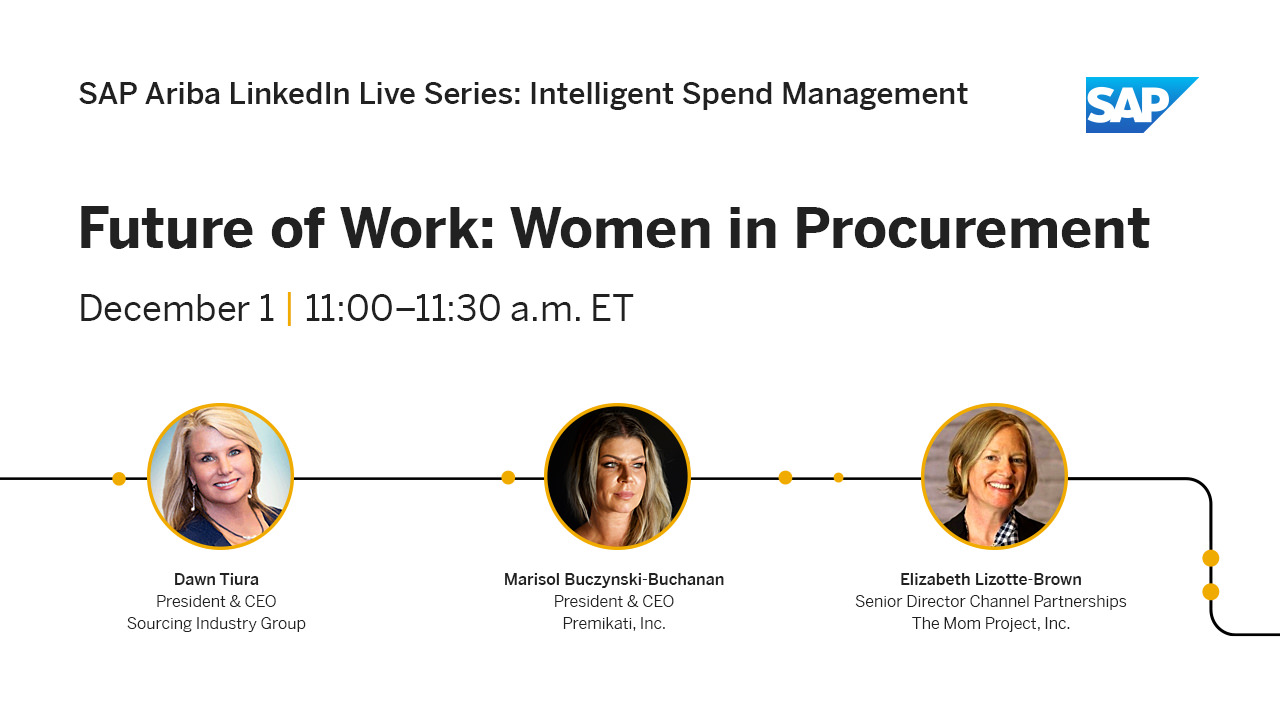
Summer is winding down, school is back in session, and a chill is in the air – that can only mean football season has arrived!
As both college and professional teams take the field this fall, there are valuable insights procurement professionals can gain from the gridiron.
Even if you aren’t a devoted football fan, the lessons from this beloved sport can help take your procurement game to the next level.
Build a Championship Team
A “dream team” procurement organization isn’t built overnight like a top football program. It takes a thoughtful draft strategy, constantly evaluating needs versus available talent. Creating depth and competence across the function requires mixing promising rookies with veteran players who know how to do the job.
Procurement managers must regularly assess gaps, recruit standout new team members, and develop rising stars.
Investing in training and development will strengthen the bench. And just as a football team strives for unity, a collaborative, tight-knit procurement group will outshine a disjointed roster.
Be Ready for Any Play
Broken plays and audibles are par for the course on the football field. Running backs have to quickly change direction to dodge tackles. Quarterbacks adjust on the fly and find new targets downfield. Procurement pros know things sometimes go differently than planned, too.
Supply chain disruptions, new regulations, mergers and acquisitions, emerging tech, and shifting stakeholder needs can force changes to supplier timelines, agreements, and processes. Like skilled players, procurement teams must think fast, pivot, and adapt to the dynamic environment.
Mastering the art of agility turns challenges into fresh opportunities.
Go Deep on Analysis
Coaches and players spend hours reviewing game film, analyzing strengths and weaknesses, tendencies, and patterns. This intensive prep work is vital in forming a winning strategy. Procurement should adopt the same laser focus when assessing suppliers and markets.
Detailed spend and risk analysis will spotlight sourcing priorities to tackle. Digging into customer feedback and usage metrics will pinpoint where demand is headed. And performance data will indicate which suppliers are all-star players versus underperformers.
Just like coaches mapping out plays, solid analytics position procurement to make the right moves.
Teamwork Scores Big Results
On the football field, it takes cohesion, communication, and coordination across the team to score. Hand-offs, blocks, fakes, catches, and more – every player fulfilling their role is critical to driving the ball down the field.
Procurement wins when there is alignment across the business, too. Including stakeholders early, maintaining open dialog, and earning buy-in helps procurement execute sourcing strategies smoothly.
Cross-functional collaboration also provides a more accurate view of organizational needs and the best path to meet them. Unified teamwork is a proven game-winning approach.
Foster a Championship Culture
The best college and professional football franchises have a winning tradition that sets a tone of excellence and continuous improvement. Players and coaches set high standards and do whatever it takes to achieve them.
Procurement groups can also establish cultural benchmarks, adopt best practices, and create an environment where team members feel valued and motivated to succeed. Whether it’s celebrating cost-saving wins, advancing skills through training, or giving back to the community, creating procurement team pride and unity will pay dividends.
Keep Eyes on the Prize
Of course, every football team is laser-focused on one ultimate objective – to win the league championship! Though the season is long, every practice, play, and decision aims to inch closer to the prize.
Similarly, procurement needs to keep the big-picture goals on the scoreboard. Is it cost mitigation, risk reduction, user satisfaction, or sustainable supply chains? Despite day-to-day tasks, maintaining perspective on desired outcomes and aligning strategies to get there will ensure procurement eyes the right prize.
So, as you follow football this season, notice lessons from the gridiron that could raise your procurement organization’s game.
With preparation, adaptability, analytics, teamwork, culture, and strategic vision, your procurement program will be positioned to score big wins all season long!
Need a procurement game plan? Talk to the team at Premikati!









